5 Reasons Lawns are Beneficial For the Environment
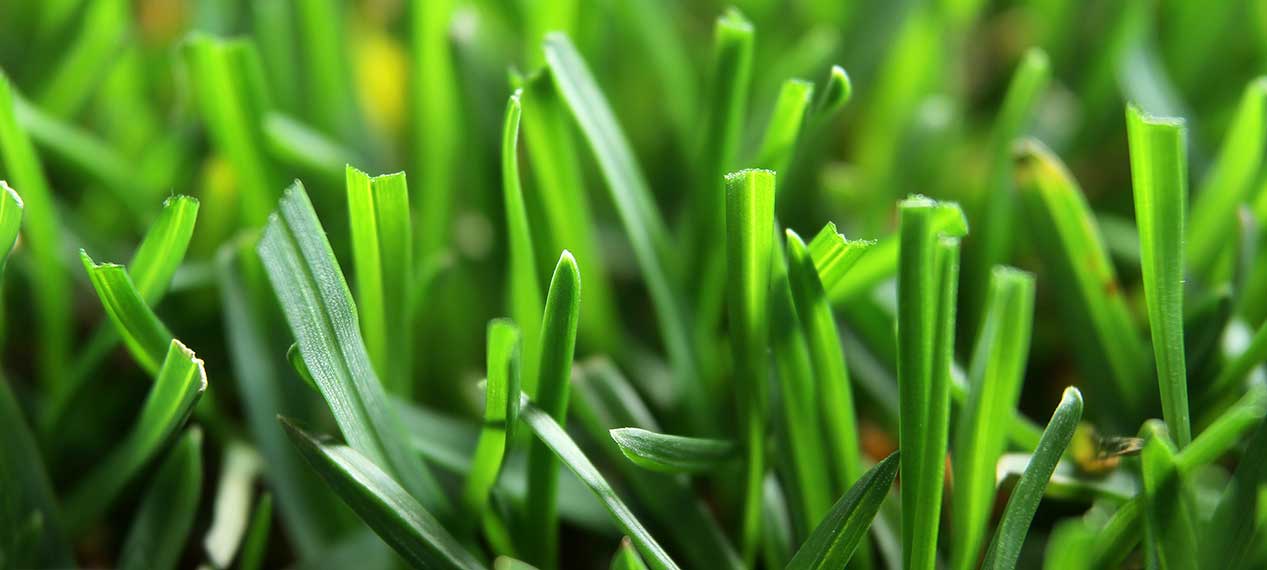
It can be easy to write off turf as a sign of excess or purely there for aesthetics, but it couldn’t be further from the truth. According to one of America’s leading turf experts and the chief scientist at the International Sports Turf Institute, James B. Beard Ph.D., “As a society we tend to take the benefits of grass for granted”. Not only have lawns provided a backdrop for our children to play and our friends to gather for more than 10 centuries, but they can be a huge benefit to the environment. Choosing to have a living landscape as opposed to rock, mulch or plastic turf can help improve air and water quality, maintain cooler temperatures, and control soil erosion.
1. Lawns Filter and Capture Runoff
When it rains, lawns capture the rainwater and cause it to slow down instead of “sheet off”, which is when rain falls on hard concrete surfaces and turns into fast moving storm runoff. This provides excellent flood control by absorbing and filtering water. Lawns also enhance the water quality tremendously! Water filtering through the fibrous root system of sod and soil causes it to be much more balanced than water running off of blacktop and picking up all of the toxins there. In fact, Water filtered through a healthy lawn can be 10 times less acidic than water running off a hard surface.
2. Reduce Heat
Lawns can help combat the heat island effect, in which cities experience exponentially higher temperatures than the surrounding rural areas. The heat island effect leads to increased energy consumption, elevated emissions of greenhouse gasses, compromised human health and comfort, can lead to impaired water quality and even the death of aquatic animals. In one study focused on Los Angeles, experts found that getting rid of lawns and grassy parks and replacing them with native bushes and other drought hardy landscapes would increase daytime temperatures by 1.3*F on average. Lawns and other greenery help to keep the air temperature significantly cooler, and keep our cities a happier and easier place to live in.
3. Improve Air Quality
As we learned in biology class, plants use a process called photosynthesis to turn carbon-dioxide into oxygen. Because of this, plants are regarded as one of the main carbon sinks on the planet. Carbon sinks act like sponges and absorb carbon compounds, playing a huge role in controlling greenhouse gasses. According to a study from University of California, Davis, grasslands are more resilient and reliable carbon sinks than forests. Grass does such a good job storing carbon, that it as much as seven times outweighs the carbon used to maintain a lawn! Grass effectively captures airborne pollutants, smoke particles, and dust, pulling them out of the air. Plus, an average lawn also exudes enough oxygen to meet the daily needs of a family of four. So your yard provides your family with clean, fresh air while also working to diminish greenhouse gasses and make the planet better for future generations.
4. Supports Biodiversity
With human development, we have modified about 95% of nature, creating huge challenges for native plants and animals. Grasses, trees, and shrubs all support biodiversity by providing habitat for birds and small mammals. Under our lawns live all kinds of worms, spiders, and other insects who are pivotal in our ecosystem. By creating more green space for these little guys to thrive, we are supporting every part of the food chain and helping the circle of life to continue. Planting more greenery, including grass, native plants and trees, contributes to the healthy biodiversity of our earth and keeps all those little critters we love from going extinct.
5. Controls Soil Erosion
Soil erosion can be wildly detrimental to the quality of water. When soil erodes into streams and lakes, it causes the waters to get murky and prohibits sunlight from penetrating deeper into the water. This, combined with the added nutrients and chemicals can cause algae to grow, which suffocate aquatic insects and cause fish to die. Soil erosion can also lead to land and mudslides and put human life in danger. Lawns help combat this with their dense and fibrous root system that holds the earth in place. Healthy lawns root systems are strong and dig deep into the ground, holding everything together and saving the lives of many fish and people.
6. Sequester Carbon, Natural grass
It’s important to remember that lawns are beneficial to the environment, especially when they are cared for with an eco-conscientious mindset. When choosing sod, choose something that is well suited to your environment. There are hundreds of varieties of turf, so it’s easy to find one that makes sense for where you live. It’s also important to remember that over watering your lawn is not only bad for the environment, but very bad for your sod! Turf is resilient and ebbs and flows with the seasons. If your lawn starts to go dormant in the heat of the summer, that is ok! Lawns don’t need to be green all year, and in fact shouldn’t be. Grass grows in cycles based on the resources available to it. It will green up again when precipitation returns. It’s also a great idea to add native plants and grasses into your landscaping. By being thoughtful and making smart and informed decisions about your lawn you can make a huge difference in helping the planet!
3 thoughts on “5 Reasons Lawns are Beneficial For the Environment”
Comments are closed.

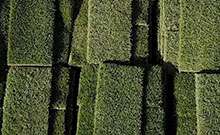

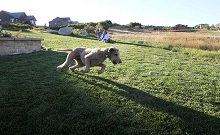
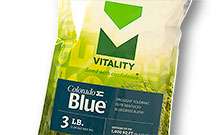
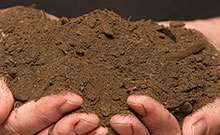
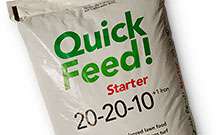
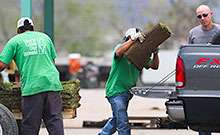

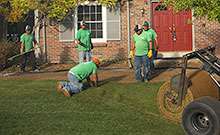
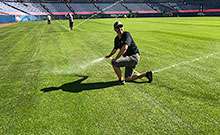
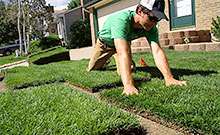
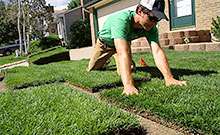

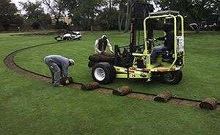
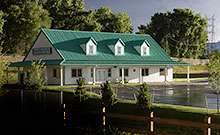

I’m planning to sell my grandma’s house by the end of the year, and I was thinking that good landscaping might just do the trick in attracting more potential buyers. It’s a good thing that you talked about how beneficial lawns are when capturing rainwater since they control floods by absorbing and filtering the water. I’ll have to visit a store for grass sales soon so I can work on my grandma’s front lawn properly. https://www.mataturf.com/
How great that you talk about how to reduce heat near your lawn. I want to update my backyard a lot this month. I will find a good soil supply service to prepare. https://www.meltongardensupplies.com.au/sandand-soil-supplies.php
It’s great to learn that turf boosts a property’s curb appeal. My mom’s cousin is planning to sell her old home so that she can afford a retirement place. Maybe we should find a sod supplier that can install one on her property before listing it online! https://www.templetongapturffarm.com/products-and-services